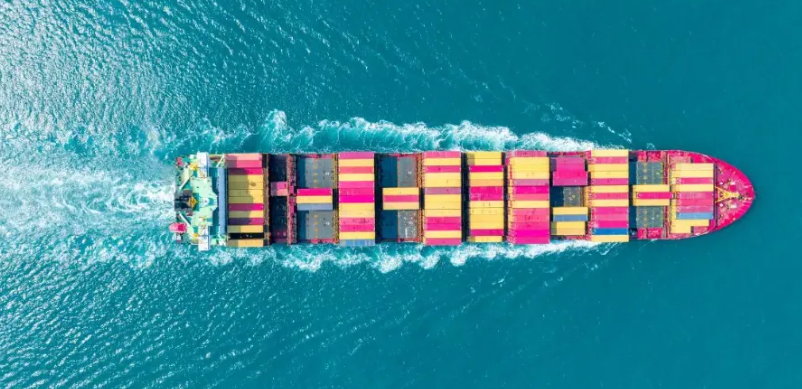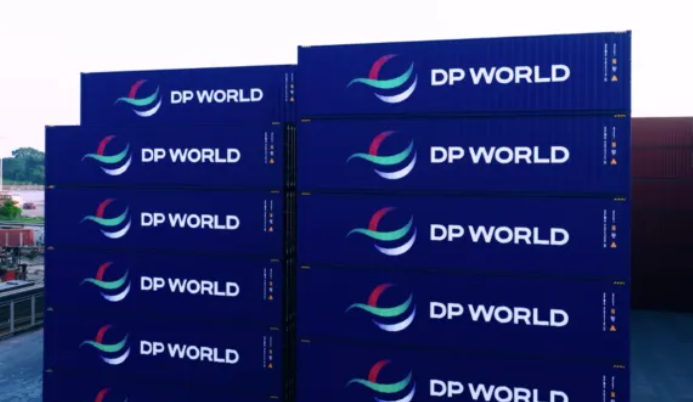With the end of 2024, the Shanghai International Energy Exchange (INE) container freight futures have gradually become an important hedging tool in the freight market, providing an effective means of price management for freight forwarders and shippers in China and some European countries. However, market volatility remains high, and in early 2025, the outlook for freight rates once again attracted widespread attention.
Just in the past year, the container freight futures market started from 1,850 points and almost returned to the origin after several shocks. In 2025, the market began to show a new trend: the "savior" effect of the Cape of Good Hope bypass alleviated overcapacity in 2024, but it is unclear whether this strategy will be sustained in 2025 as more new vessels come into service.
More concerning is that, with the end of the rush rush before the Spring Festival and the gradual weakening of the comprehensive freight adjustment (GRI) effect, futures prices are experiencing a new round of decline.
What does the market data tell us?
At the end of 2024, the price of futures contracts on the Shanghai-Northern Europe route rose briefly, driven by the comprehensive tariff Adjustment (GRI), but this effect was not sustained for a long time. From December to early January 2025, futures prices as a whole fell by more than 5%, with popular contracts falling by as much as 22%. In early January, the 2025 contract for February and April delivery fell to 2,065.7 points and 1,469.1 points respectively, while the longer-dated October and December contracts were also close to one-year lows, indicating a general pessimism about the full-year freight trend.
This decline not only reflects the waning rush rush before the Spring Festival, but also related to market concerns about future new capacity. Although the Cape of Good Hope Bypass absorbed significant capacity in 2024, the likelihood of pressure on rates increases further as new ships continue to be delivered.
The end of the Spring Festival rush, freight rates or will continue to decline
Rush demand before the Spring Festival did bring short-term support to freight rates, but this effect gradually waned as the Lunar New Year approached. Early shippers brought forward shipments to avoid the Chinese New Year holiday and potential tariff adjustments, but as the window of expectations closes, pressure on market prices is evident.
At the end of 2024, spot freight rates for the Shanghai-Northern Europe route were hovering around $2,962 /TEU, slightly down from the October high. Even so, some shipping companies, such as Maersk, still seized market share by lowering their January quotations, and this fierce competition has also prompted the futures market to hold more conservative expectations for freight rates in 2025.
Will freight rates rebound in the future?
From the current market performance, the global freight prices in 2025 May continue the downward trend, especially after the Spring Festival market demand will enter the off-season. Without new supply chain disruptions or contingencies, rates could continue to fall, giving shippers some room for cost relief.
However, it should be noted that the change of freight rates is still full of uncertainty. On the one hand, the game between new capacity and market demand will become the key factor affecting the price; On the other hand, if some shipping companies lower their quotations due to competitive pressure, it may trigger a new round of price wars, which will further drag down the overall freight rate.

Last
New Record! Global Container Ship Order Volume Reaches a New High of 8.3 Million TEUs
Niels Rasmussen, Chief Shipping Analyst at the Baltic and International Maritime Council, stated that by the end of 2024, the orde

Next
DP World Partners with the Gemini Alliance to Achieve 90% On-Time Performance, Revolutionizing the Global Supply Chain!
DPWorldhasannouncedastrategicpartnershipwiththenewGeminiAlliance,formedbyMaerskandHapag-Lloyd,settoofficiallylaunchinFebruary2025.




